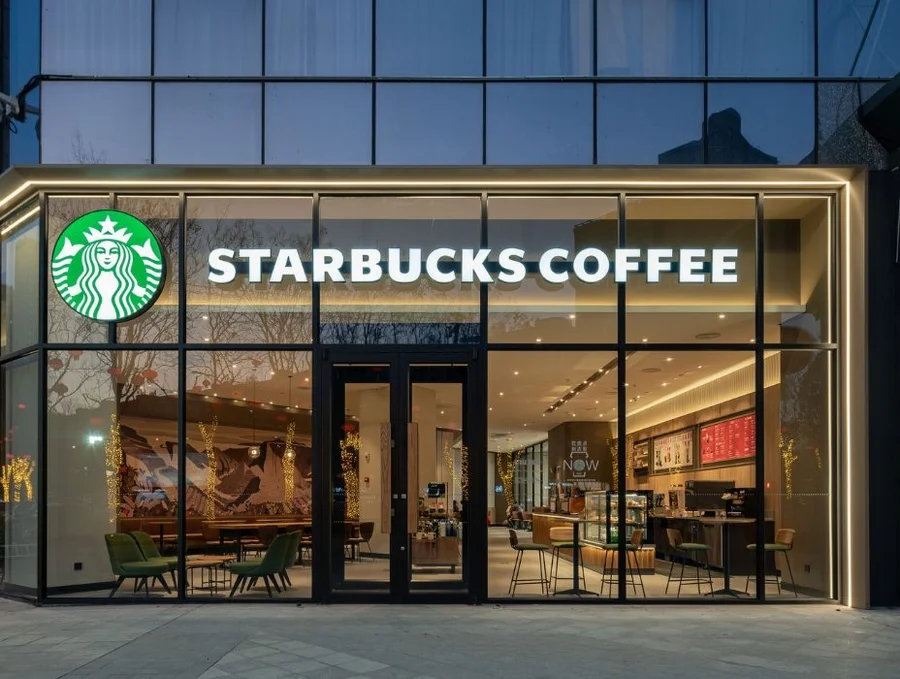Starbucks pushes for carbon-neutral coffee by 2030, focusing on sustainable farming, eco-tech and farmer support to cut emissions and protect resources.
The demand for coffee has surged over the past three decades, with production seeing a 50% rise, according to the International Coffee Organisation.
Today, around three billion cups of coffee are consumed daily across the globe, generating more than US$200bn in annual revenue. With consumption set to triple by 2050, coffee’s impact on the environment cannot be ignored.
Coffee production has long been associated with issues such as deforestation and exploitative labour.
However, the industry is witnessing a shift, spurred by consumer awareness and stronger sustainability legislation.
This law aims to eliminate deforestation-linked products, including coffee, by requiring companies to verify the origins of their supplies.
As the world’s largest coffee chain, Starbucks is playing a significant role in this shift.
Building sustainability at the source
Starbucks’ approach to sustainability begins on the farm.
The company partners with 400,000 farmers and buys about 800 million pounds of coffee annually – 5% of global coffee production.
Their target is ambitious: to reach carbon-neutral green coffee and cut water usage in green coffee processing by half, both by 2030.
In 2004, Starbucks introduced the Coffee and Farmer Equity (CAFE) Practices, one of the industry’s pioneering ethical sourcing standards.
This programme enables the company to ensure high-quality, ethically sourced coffee and helps them understand the challenges farmers face. The insights gained are shared across the supply chain, fostering collective growth and resilience.
Michelle Burns, Executive Vice President for Global Coffee & Sustainability at Starbucks, notes the company’s commitment: “The potential to positively impact the lives and livelihoods of farmers and their communities is tremendous.”
CAFE Practices evaluates over 200 criteria, covering economic transparency, environmental leadership, social responsibility and product quality.
Starbucks pays premiums above market rates to ensure farmer profitability and rewards those who meet high standards. This initiative was paired with the establishment of the first farmer support centre in Costa Rica.
Now, there are 10 such centres globally, providing 200,000 farmers with education and resources, from soil management techniques to disease-resistant crop varieties.
Hacienda Alsacia, the company’s sole research farm in Costa Rica, serves as a global innovation hub.
Here, agronomists have developed six climate-resistant coffee varietals, distributed to farmers worldwide at no cost through Starbucks’ open-source agronomy initiative.
By 2025, Starbucks plans to distribute 100 million of these trees, having already reached more than 80 million in El Salvador, Guatemala and Mexico – and 53 million seedlings in Colombia alone.

Future-focused initiatives
Starbucks’ dedication to sustainability goes beyond agronomy.
The company is exploring eco-friendly technologies to conserve resources, including a commitment to reduce water usage in coffee processing by 50% by 2030.
Eco wet mills are one of their significant investments, designed to cut water use by up to 80% in coffee processing.
To date, Starbucks has installed 1,300 of these new mills worldwide, a fraction of the 200,000 wet mills in its supply chain. The potential for scaling this technology is vast, promising a substantial reduction in water consumption.
Innovative education initiatives also form a part of Starbucks’ mission. In Colombia, the Granos de Esperanza (Grains of Hope) programme is helping 100 farmers in Narino learn modern agricultural techniques and climate education.
This real-time agricultural lab adapts methods pioneered at Hacienda Alsacia, equipping farmers with tools such as eco-pulpers that save water during production.
The company’s larger goal of becoming resource positive includes protecting forests and conducting a biodiversity impact assessment of their coffee supply chain. This study, expected to conclude by the end of fiscal year 2025, will deepen understanding and support sustainable strategies.
As Michelle highlights: “People have watched us working hard to do the right things, find solutions and take great care of farmers and their communities, for decades.
“They grant us an amount of trust and opportunity to help lead the discussion around ensuring a sustainable future of coffee for all.”



